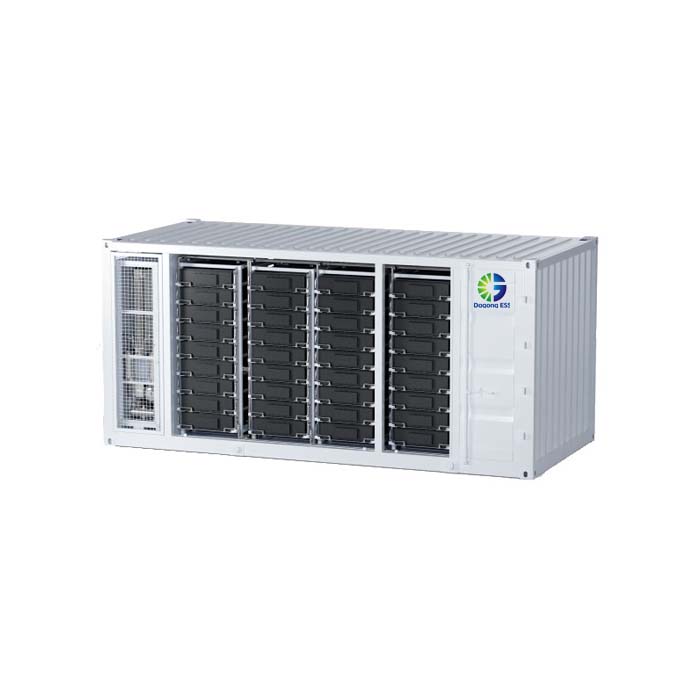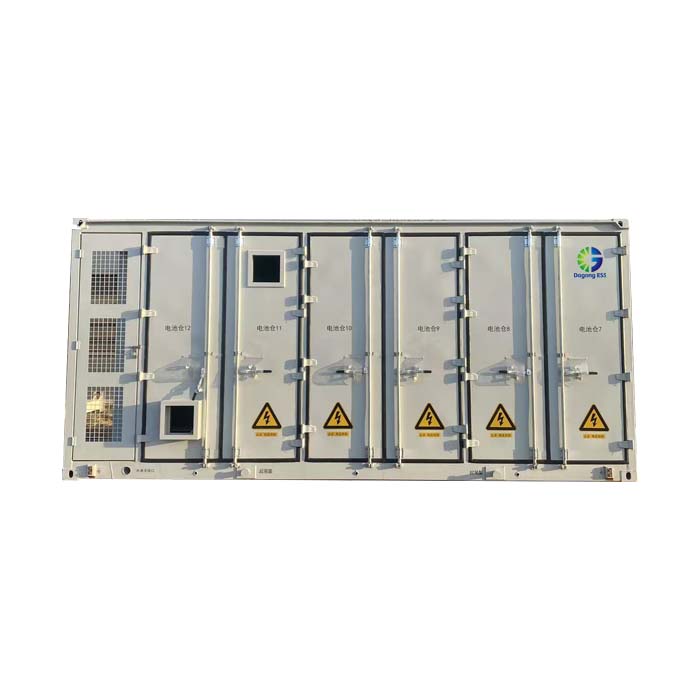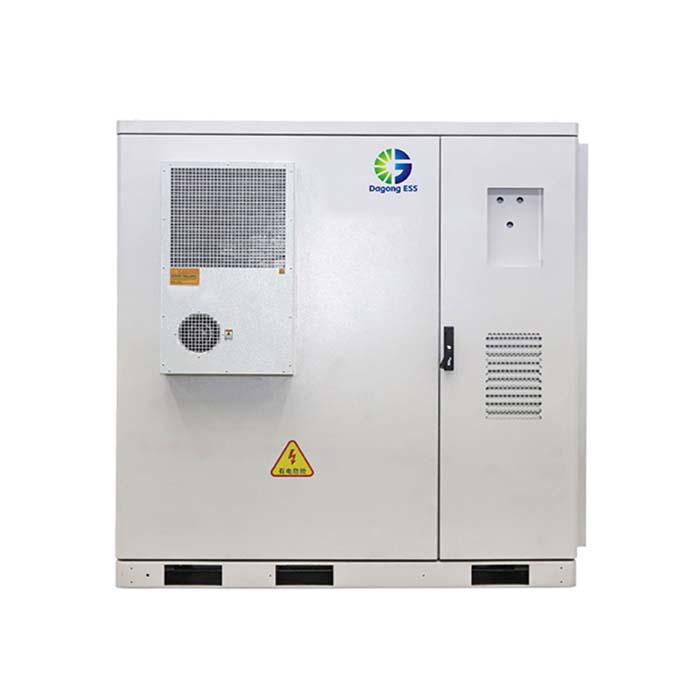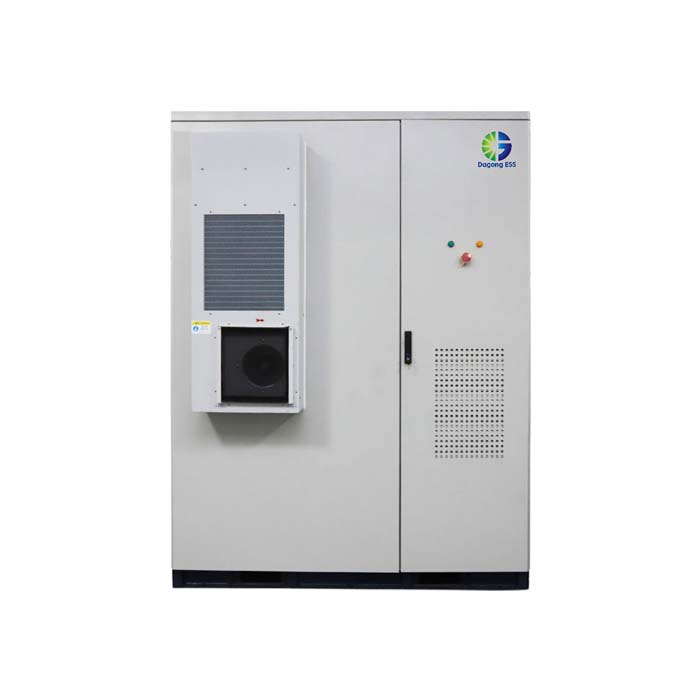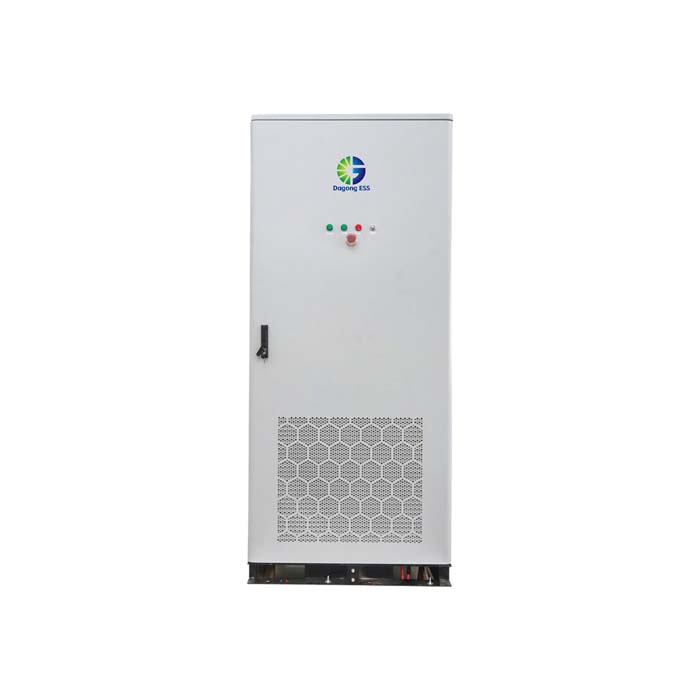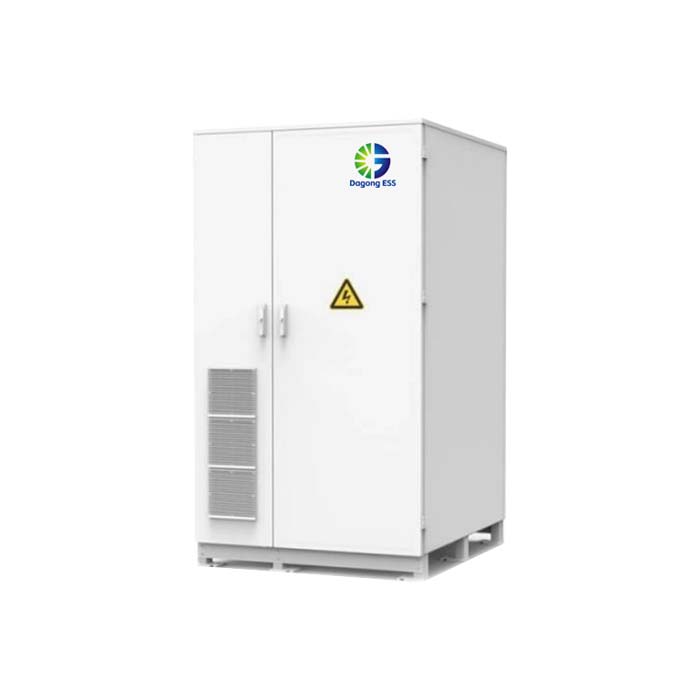Comparing Battery Chemistries: Why LFP's Cycle Life Surpasses NMC in ESS
What is the Difference Between LFP and NMC Batteries?
Lithium Iron Phosphate (LFP) and Nickel Manganese Cobalt (NMC) batteries are two widely used lithium-ion chemistries for energy storage.
LFP Batteries: Known for long cycle life, thermal stability, and high safety. Commonly used in residential, commercial, and industrial ESS.
NMC Batteries: Offer higher energy density, making them popular for electric vehicles. However, they are more expensive and prone to thermal and chemical instability under heavy cycling.
Cycle life is the most significant difference for stationary energy storage: LFP batteries typically achieve 8,000+ cycles, whereas NMC batteries generally range between 2,000–3,000 cycles under similar conditions.
Types of Applications and Chemistry Suitability
LFP: 5–30kWh stackable or wall-mounted units ideal for daily cycling with solar integration
NMC: Less common in stationary residential storage due to shorter lifespan and higher cost
Commercial ESS
LFP: 100–241kWh air-cooled units provide cost-effective and durable solutions for offices, retail stores, and small factories
NMC: Can be used but requires careful management to avoid accelerated capacity degradation
Industrial and Utility-Scale ESS
LFP: 215–372kWh liquid-cooled and 3.35–5MWh containerized systems support frequent deep cycling for renewable integration, peak shaving, and grid support
NMC: Limited by cycle life, higher thermal management requirements, and higher replacement costs
Features Highlighting LFP Cycle Life Advantage
Long Lifespan: LFP batteries maintain over 80% capacity after 8,000+ cycles
High Safety: Lower risk of thermal runaway or fire under heavy usage
Stable Performance: Consistent output across thousands of cycles
Low Maintenance: Reduced operational costs compared to NMC batteries
Scalability: Modular and containerized design supports expansion without replacing entire systems
Dagong ESS leverages LFP chemistry in residential, commercial, and industrial systems, ensuring long-term reliability and safety.
Applications Where Cycle Life Matters
Residential: Homeowners rely on daily cycling for solar self-consumption and backup power; long cycle life minimizes replacement frequency and total cost of ownership
Commercial: Businesses use ESS for peak shaving, load shifting, and backup; LFP’s long cycle life ensures ROI over years of operation
Industrial: Factories and data centers with high energy demands benefit from LFP’s durability, enabling frequent deep cycling without capacity loss
Utility-Scale: Containerized LFP systems (3.35–5MWh) handle high-frequency cycling for renewable energy plants, microgrids, and grid stability applications
For example, Dagong ESS 215kWh liquid-cooled and 372kWh systems provide reliable industrial storage solutions, while 5kWh–80kWh stackable LFP units suit residential applications.
Price Considerations for LFP vs. NMC in ESS
The cost of energy storage systems depends on system capacity, cycle life, battery chemistry, software integration, installation, and auxiliary equipment.
LFP may have slightly lower energy density than NMC but compensates with longer lifespan, lower replacement costs, and better safety.
Pricing is typically quoted under EXW, FOB, or CIF, depending on project location and logistics.
For a tailored quotation that considers your cycle life requirements, application scale, and chemistry preference, contact the supplier directly.
How to Select Battery Chemistry Based on Cycle Life
Evaluate Load and Cycling Frequency – High-frequency cycling favors LFP
Consider Safety Requirements – LFP offers superior thermal stability for indoor or high-temperature environments
Assess Total Cost of Ownership – Long cycle life reduces long-term replacement and maintenance costs
Determine Application Type – NMC may suit EVs; LFP excels in stationary ESS for residential, commercial, and industrial applications
Plan for Expansion – Modular LFP systems allow future scaling without replacing batteries
How Long Does LFP ESS Last Compared to NMC?
Residential and Small Commercial: LFP 10–15 years; NMC 5–8 years
Industrial and Utility-Scale: LFP 12–15+ years; NMC 6–10 years
Long cycle life ensures predictable performance, stable capacity, and lower lifecycle costs for stationary ESS.
The Supplier of LFP ESS Systems
Dagong ESS specializes in LFP energy storage systems across residential, commercial, and industrial applications:
Residential: 5–30kWh stackable and wall-mounted units
Commercial/Industrial: 100–372kWh air-cooled and liquid-cooled systems
Containerized: 3.35–5MWh large-scale ESS
These systems maximize cycle life, safety, and scalability, making Dagong ESS a reliable choice for stationary energy storage projects worldwide.
If you are interested in Dagong ESS LFP energy storage solutions, please contact:Email: sales@dagongess.com
Website: www.dagongess.com


